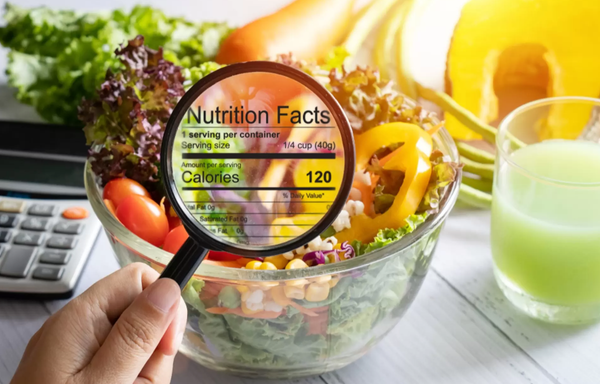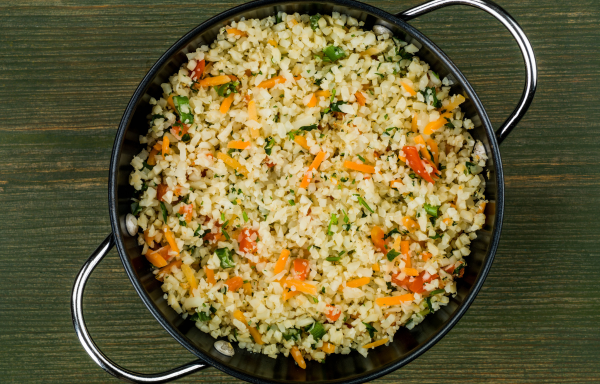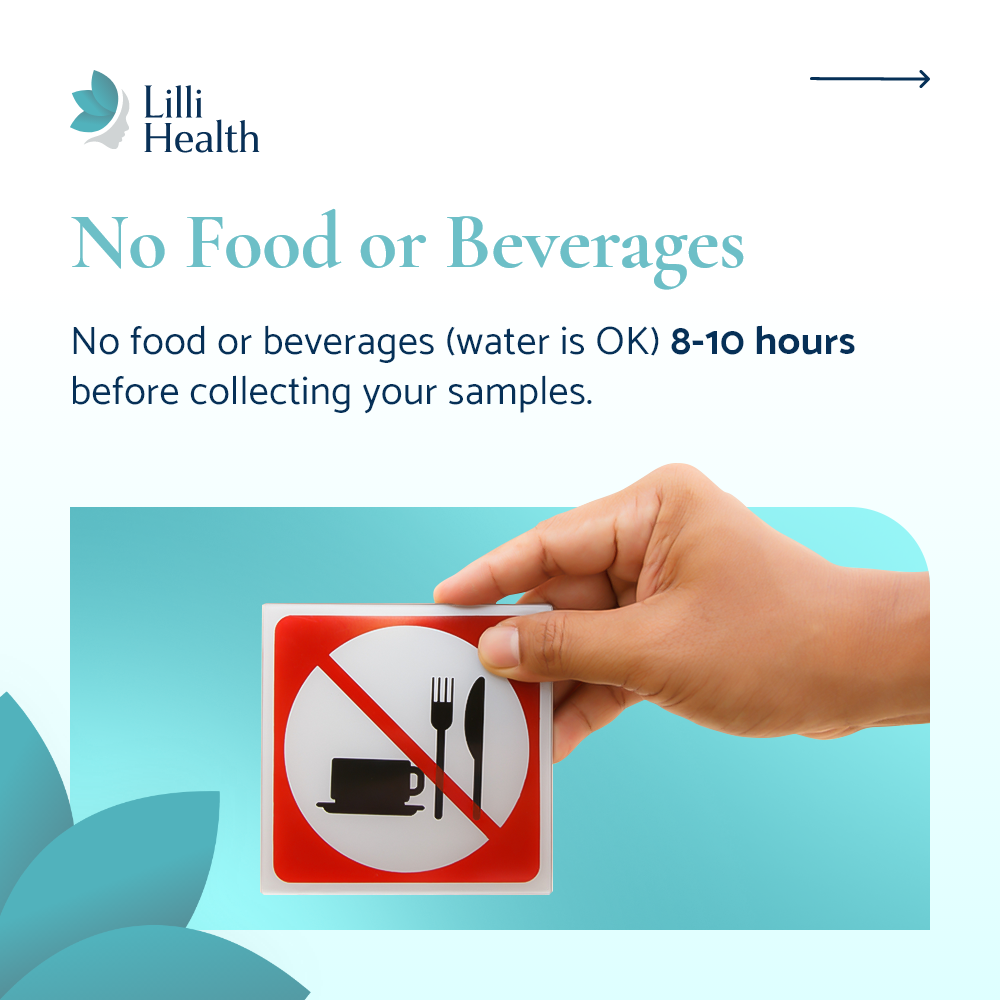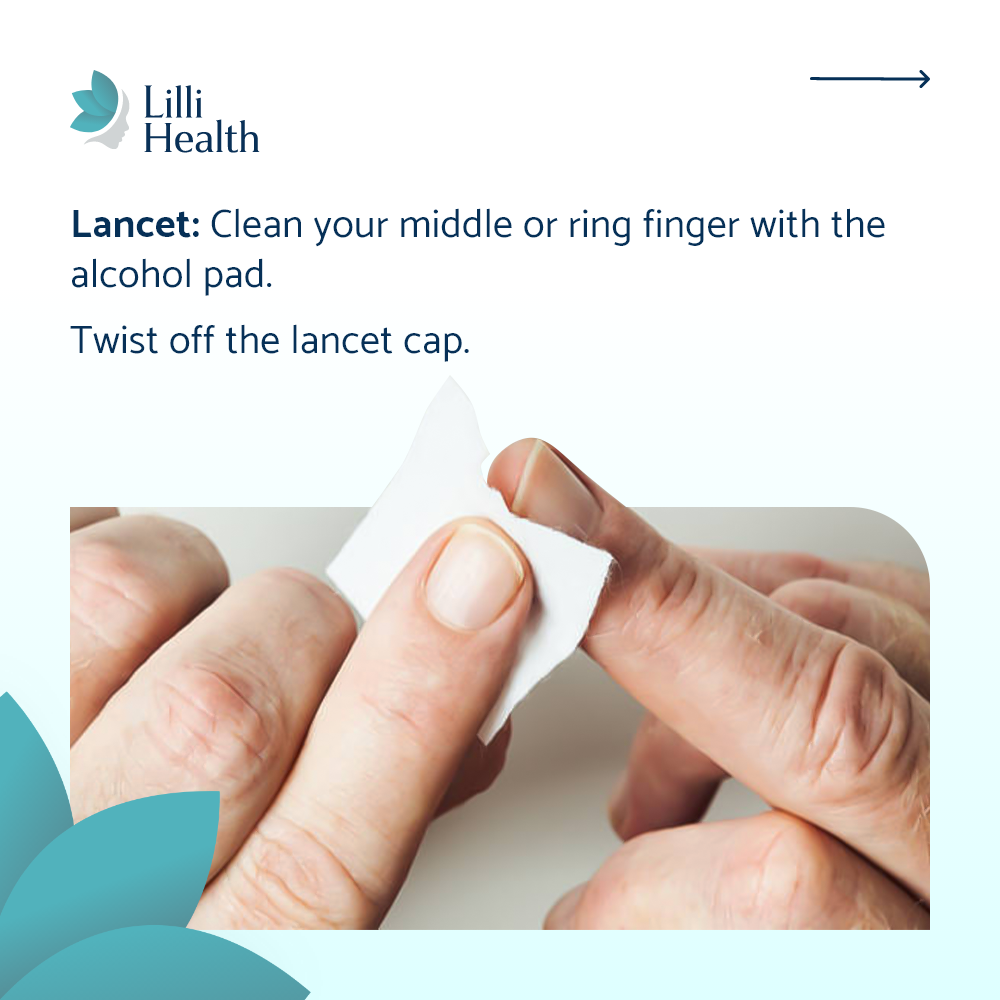

The Truth About Seed Oils: How We Got Here and Why It Matters
Few topics in nutrition have become as highly debated—or even political—as seed oils. What should be a simple conversation about health and science has turned into a heated battle between those who claim seed oils are essential for heart health and those who believe they are one of the biggest drivers of chronic disease.
But here’s the thing: it shouldn’t be political. The conversation about seed oils should be based on facts, not agendas. And the reason it’s become so contentious is that the debate has been framed as an all-or-nothing choice between two extremes—one side argues we should be cooking with seed oils, while the other insists that beef tallow (rendered beef fat) is the answer. The truth is, both are wrong.
Seed oils are highly processed and have led to unintended health consequences, but that doesn’t mean the answer is frying everything in beef tallow—especially when most of that beef comes from factory-farmed sources loaded with inflammatory compounds. Instead of choosing between two extremes, we need to focus on natural, minimally processed fats that support our health.
To understand why this matters, we need to look at where seed oils came from, how they’re made, and what they’re actually doing to the body.
The History of Seed Oils: A Solution to a Problem That Didn’t Exist
Seed oils haven’t always been a part of the human diet. In fact, for most of history, they didn’t even exist in our food supply. So how did we go from cooking with butter, tallow, olive oil, and coconut oil to drowning in soybean, canola, and corn oil?
The Rise of Industrialized Oils
The rise of seed oils can be traced back to the early 1900s, when food manufacturers were looking for cheaper, mass-producible alternatives to traditional fats. This was the era of industrial food production, and the goal was simple: create shelf-stable, cost-effective fats that wouldn’t spoil.
- Cottonseed oil was one of the first. Originally a toxic byproduct of the cotton industry, it was chemically processed and deodorized to make it “safe” for human consumption. This eventually became Crisco, the first commercial seed oil product marketed as a replacement for lard and butter.
- Soybean oil took off during World War II when the U.S. needed a cheap, abundant oil source. The surplus of soy was refined into oil, and margarine and vegetable oil blends became common household staples.
- Corn, canola, and safflower oils soon followed as cheap, shelf-stable oils that could be mass-produced and added to everything from baked goods to salad dressings.
At the time, this seemed like a win—a cheap, stable fat source that could replace the “unhealthy” saturated fats people had been cooking with for generations. But there was one problem: humans had never consumed these oils in such large amounts before.
How Are Seed Oils Made? A Highly Processed Nightmare
If you’ve ever wondered how you get oil out of something like corn, soybeans, or cottonseeds—seeds that don’t naturally contain much oil—the answer is a heavily industrialized process.
Step-by-Step Process of Making Seed Oils:
- Harvesting & Grinding – The seeds are first collected and ground into a fine powder.
- Chemical Solvent Extraction – The ground seeds are then mixed with a harsh chemical solvent, usually hexane, to pull out as much oil as possible. (Hexane is a petroleum-based chemical that is also used in gasoline production.)
- High-Heat Processing – The extracted oil is subjected to high temperatures (up to 450°F) to remove impurities. This destroys many of the natural nutrients and creates harmful oxidized compounds.
- Chemical Deodorization – Since seed oils naturally smell rancid, they are treated with bleaching and deodorizing agents to remove the unpleasant odor and make them palatable.
- Preservative Additives – To keep them from spoiling, they are stabilized with synthetic antioxidants like BHT and BHA, which have been linked to various health concerns.
By the time these oils reach your plate, they are far from natural. This is why they have been called “rancid industrial sludge” by some experts.
The Omega-6 Problem: Inflammation on a Plate
One of the biggest issues with seed oils is their high omega-6 fatty acid content. While omega-6 fats are essential in small amounts, the modern diet has become dangerously unbalanced—with most people consuming way too much.
Why is Omega-6 a Problem?
- Omega-6 and Omega-3 Need to Be in Balance – Traditionally, our ancestors ate an omega-6 to omega-3 ratio of about 1:1 or 2:1. Today, due to seed oils, that ratio is closer to 20:1 or even 30:1.
- Excess Omega-6 Fuels Chronic Inflammation – When omega-6 levels are too high, they promote the production of inflammatory cytokines that can contribute to everything from heart disease to autoimmune conditions and insulin resistance.
- They Oxidize Easily – Because seed oils are chemically unstable, they break down when heated, forming toxic byproducts like aldehydes, which are linked to cell damage, cancer, and neurodegenerative diseases.
The real irony? Seed oils were promoted as “heart-healthy” alternatives to saturated fats, but that could not have been more untrue.
Why Were Saturated Fats Replaced With Seed Oils?
In the mid-20th century, saturated fats like butter, coconut oil, and animal fats were blamed for heart disease. The infamous “Diet-Heart Hypothesis” led to government recommendations that people reduce saturated fat intake and replace it with vegetable oils.
The problem? This advice was based on flawed research and never actually proved that saturated fat caused heart disease.
It was never the saturated fat itself that was the problem—it was what the saturated fat was being eaten with. When researchers looked at diets high in saturated fat, they weren’t studying people eating grass-fed steak with roasted vegetables or pasture-raised pork with sautéed greens. Instead, they were looking at people eating burgers between two slices of bread, pork wrapped in a tortilla, or a steak dinner served with a baked potato, dinner rolls, and a side of fries. The problem wasn’t the fat—it was the combination of fat and starch or sugar.
Yet instead of questioning the starch and sugar that were part of these meals, the focus became removing the saturated fat. That’s how we ended up with seed oils replacing butter, lard, and tallow—without ever addressing the real issue.
We now know that sugar, starch, and imbalanced omega-6 intake are the real culprits behind chronic disease—not naturally occurring fats.
What Should You Use Instead? The Right Fats for Your Health
If seed oils are out, what should you cook with? Stick to fats that are natural, stable, and minimally processed.
The Best Oils and Fats to Use:
- Olive Oil – One of the best sources of monounsaturated fats, packed with antioxidants and anti-inflammatory compounds. Always choose extra virgin, cold-pressed olive oil to avoid refined versions.
- Avocado Oil – High in monounsaturated fats and stable at high heat, making it great for cooking and roasting.
- Coconut Oil – A highly saturated fat that is very stable for high-heat cooking. Contains medium-chain triglycerides (MCTs) that are easily converted into energy.
- Grass-Fed Butter & Ghee – If tolerated, butter and ghee from grass-fed cows provide fat-soluble vitamins and a rich, natural flavor for cooking. This is a less ideal fat choice, but can be used in moderation.






















